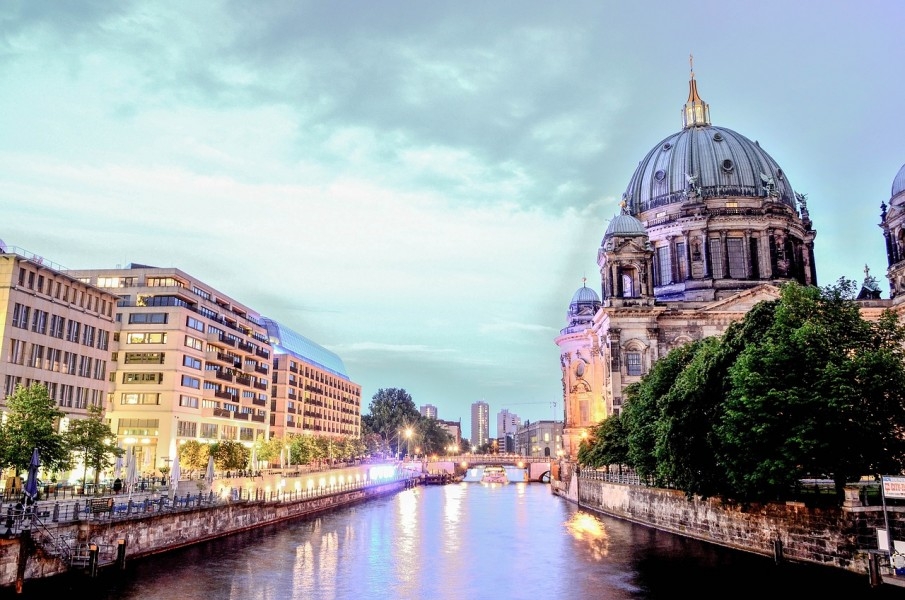 Photo: Pixabay
Photo: PixabayThe capital of Germany is rapidly expanding the network of bicycle paths and improving the bicycle infrastructure, in order to encourage as many of its residents as possible to a healthy, active and climate-friendly way of moving. Bicycle streets, meanwhile, represent an important element for even safer and more attractive cycling.
The very center of Berlin recently also got a new bicycle street in the section of Charlottenstraße (Berlin-Mitte). Cyclists have priority, and car traffic is only allowed to residents of that part of the street.
HOW DOES TRAFFIC WORK IN CYCLING STREETS?
A sign with a white bicycle in a blue circle marks the beginning of the bicycle lane, and the traffic lane is usually additionally marked with bicycle symbols. Cars, trucks and motorcycles can travel on the bicycle street, but only if it is marked with the additional sign "Anlieger frei" which allows the traffic of the occupants of the street and persons who have a valid reason to arrive by vehicle - e.g. due to visits to the doctor or some other urgent reasons. A crossed-out bicycle sign indicates the end of the bicycle path.
In general, only bicycles, e-bikes and e-scooters can go through bicycle streets, and drivers have the entire width of the traffic lane at their disposal. Also, cyclists can ride side by side, not exclusively behind each other as on bike lanes.
The maximum permitted speed is 30 km/h and is valid for all vehicles, both for cyclists and for motor vehicles if they are allowed to drive with the "Anlieger frei" sign.
In bicycle streets, the air is cleaner, noise is reduced, and the quality of life improves, reports e2.rs.
Source: e2.rs